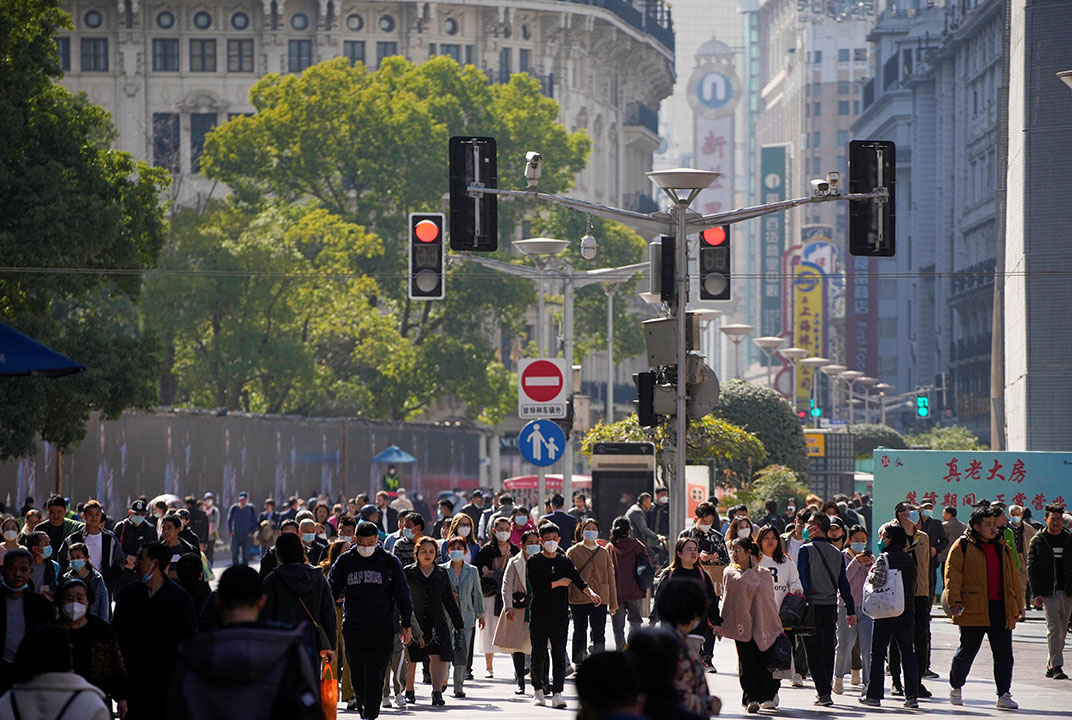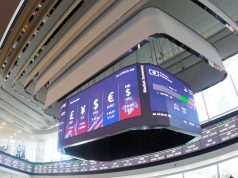Weakening in big global economies a risk to BSP projection for BoP

SLOWER GROWTH in large economies will present downside risks to the central bank’s projection of a narrower current account deficit, analysts said.
“Global economic conditions, such as a slowdown in major economies, could impact Philippine exports and imports, influencing the current account. Fluctuations in oil prices, a major import for the Philippines, can likewise impact the current account,” Security Bank Corp. Chief Economist Robert Dan J. Roces said in a Viber message.
“Finally, overseas Filipino worker (OFW) remittances are a significant source of foreign currency for the Philippines. A sustained rise in remittances could help narrow the current account,” he added.
Last week, the Bangko Sentral ng Pilipinas (BSP) released revised balance of payments (BoP) projections, now seeing the current account deficit narrowing to $6.1 billion this year from an earlier projection of $9.5 billion.
In 2023, the current account deficit was $11.2 billion, equivalent to 2.6% of gross domestic product, according to preliminary estimates.
Mr. Roces said that a narrower deficit will depend on the magnitude of potential shocks.
“The BSP’s revisions seem reasonable based on the flat electronics export projection, but external factors and potential changes in domestic economic activity can still influence the final outcome,” he added.
The Philippine Statistics Authority reported that the trade deficit contracted 24% to $4.22 billion in January.
Rizal Commercial Banking Corp. Chief Economist Michael L. Ricafort said an improved BoP position and current account estimates would support the peso.
He said this was due to “continued growth in the structural dollar inflows such as OFW remittances, business process outsourcing (BPO) revenue, and the much faster recovery in foreign tourism receipts.”
The central bank reported that cash remittances coursed through banks increased 2.7% to $2.836 billion in January. However, the growth in cash remittances slowed to 2.7% from 3.8% in December. This represented the slowest pace of remittance growth since the 2.6% posted in September.
“On financial accounts, further improvements in net FDI and net foreign portfolio investment inflows would also support better BoP data and could also provide further support for the peso, as possible Fed and local policy rate cuts starting later in 2024 would support market sentiment and foreign investment inflows,” Mr. Ricafort added.
The peso closed at P55.58 to the dollar on Monday, weakening from its P55.53 finish on Friday, the Bankers Association of the Philippines reported. — Luisa Maria Jacinta C. Jocson



